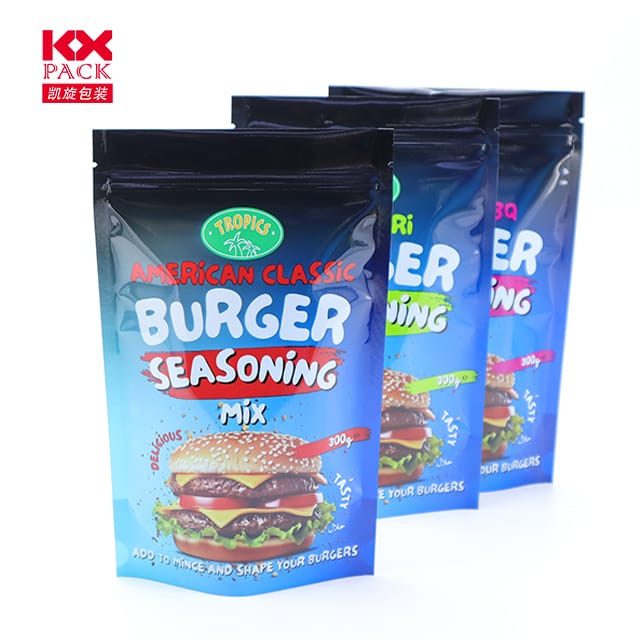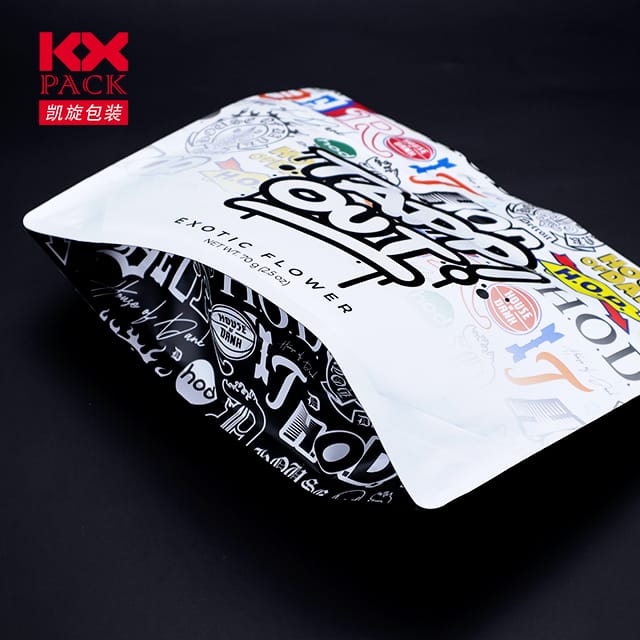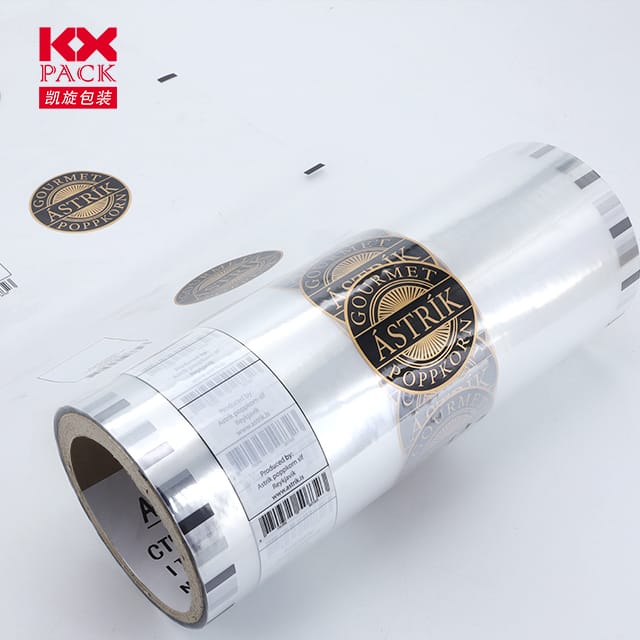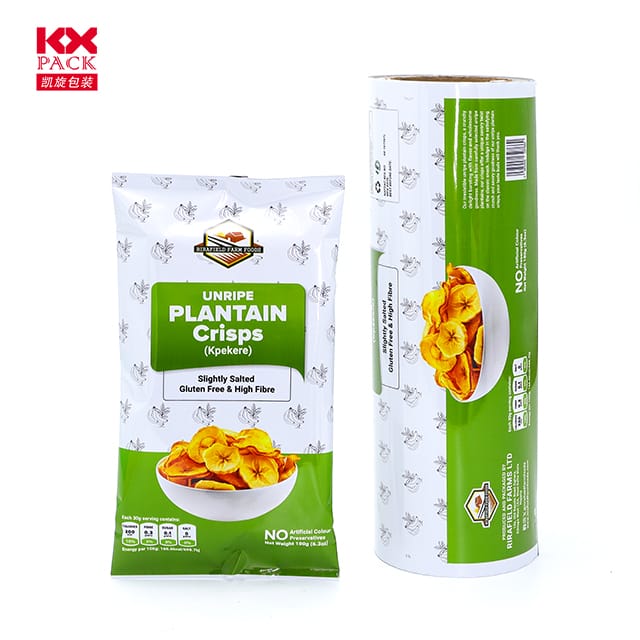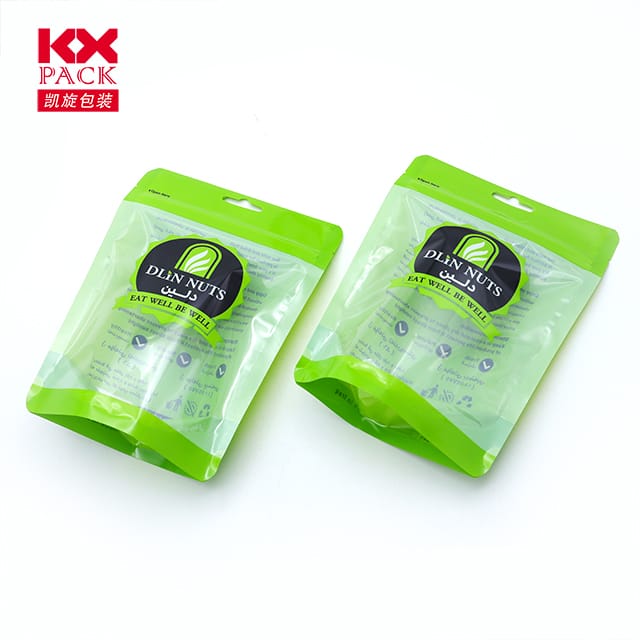塑料包装膜的角色和未来: 平衡效用与可持续性(2)
塑料包装膜
介绍
In a world where convenience and preservation are paramount, 塑料包装膜 has become an ubiquitous presence. 从新鲜农产品到电子产品, 这种多功能的材料保障商品, 延长保质期, 和流线供应链. 然而, 它的环境影响引发了全球辩论. 本文探讨了塑料包装膜的多面作用, 它的应用, 挑战, and the path toward sustainability.
1. The Versatility of Plastic Packaging Film
Plastic films are engineered for diverse purposes, 多亏了他们的适应性:
- Types of Films:
- 体育 (聚乙烯): Flexible, 轻的, and ideal for food packaging.
- 聚丙烯 (聚丙烯): Heat-resistant, used for microwave-safe containers.
- PVC (聚氯乙烯): Durable and shrink-wrap capable.
- 宠物 (聚酯纤维): Strong and transparent, often used for beverages and electronics.
- 可生物降解的电影: Made from PLA, PHA, or starch-based materials.
- 应用领域:
- 食品保鲜: Seals freshness, prevents contamination.
- 医疗用品: Sterile packaging for surgical tools.
- 电子商务: Protective wraps for fragile items during shipping.
- 农业: Mulch films to enhance crop growth.
2. The Double-Edged Sword: Benefits vs. 环境问题
优点:
- 成本效益: Affordable production and lightweight transportation.
- Barrier Protection: 阻塞水分, 氧, 和紫外线.
- 多功能性: Adaptable to various shapes, 尺寸, and products.
缺点:
- 污染: Contributes to landfills and ocean plastic waste.
- Non-Biodegradability: Traditional plastics take centuries to decompose.
- 微塑料: Break down into tiny particles, entering ecosystems and food chains.
3. Innovations in Sustainable Packaging
The industry is responding to environmental pressures with cutting-edge solutions:
- Biodegradable Alternatives:
- 解放军 (聚乳酸): Derived from corn starch or sugarcane.
- PHA (Polyhydroxyalkanoates): Naturally produced by microbes.
- Seaweed-Based Films: Edible and compostable.
- 循环经济模型:
- 化学回收: Breaking down plastics into raw materials.
- Recycling Technologies: Advanced sorting systems to improve recovery rates.
- Design Innovations:
- Monomaterial Films: Easier to recycle (例如。, 100% 体育).
- 极简包装: Reducing material use without compromising protection.
4. The Role of Stakeholders
Transitioning to sustainable practices requires collaboration:
- Brands: Invest in eco-friendly materials and transparent labeling.
- 消费者: Choose reusable options and support brands prioritizing sustainability.
- 政府: Enforce extended producer responsibility (EPR) laws and ban single-use plastics.
- Innovators: Develop scalable, cost-effective alternatives to conventional plastics.
5. 展望未来: A Future Without Waste
The journey toward sustainable plastic packaging is underway, but challenges remain. Key priorities include:
- Infrastructure Development: Expanding recycling facilities globally.
- Education: Raising awareness about proper disposal and reduction.
- Policy Advocacy: Incentivizing green technologies and penalizing pollution.
结论
Plastic packaging film is a cornerstone of modern logistics, but its environmental toll demands urgent action. By embracing biodegradable materials, circular systems, and collaborative innovation, we can protect both products and the planet. The future of packaging lies not in eradication, but in responsible evolution—where utility and sustainability coexist.
💡Final Thought: Every choice matters. 下次您解开产品, consider the story behind its packaging. Let’s strive for a world where plastic film is a tool for good, not a burden on Earth.

